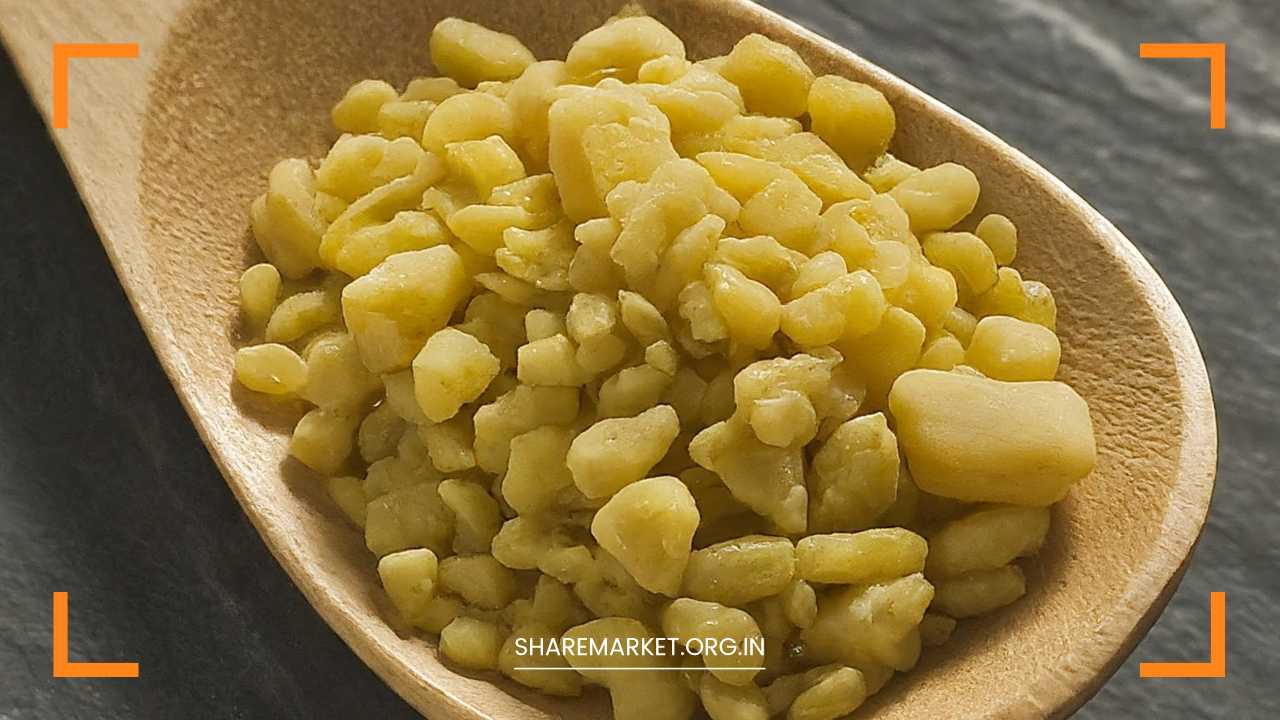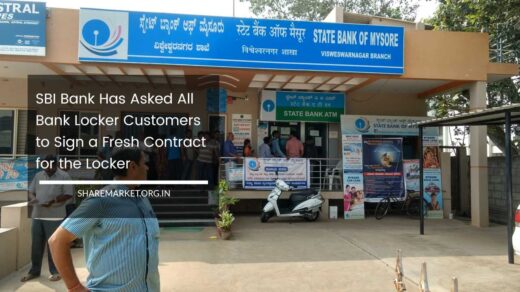Business Idea: Heeng Cultivation (Asafoetida)

Heeng Cultivation Business
Business Idea: Heeng Cultivation (Asafoetida)
Asafoetida, known as heeng in India, is a pungent resin derived from the roots of Ferula species. Its unique flavor profile and medicinal properties have made it a valuable commodity worldwide.
Known as the “Food of Gods” in Iran, asafoetida has been used in various cuisines and traditional medicines for centuries.
In India, where it holds a special place in culinary traditions, the demand for asafoetida remains high, constituting about 40% of the global consumption.
With the advent of domestic cultivation starting in 2020, this aromatic resin presents a lucrative business opportunity.
This comprehensive guide explores the nuances of asafoetida cultivation, including investment considerations, cultivation practices, potential earnings, and strategic opportunities.
Market Overview
Global and Domestic Demand
Asafoetida’s global market is characterized by its niche but consistent demand. The resin is used in diverse culinary traditions, especially in India, where it is a critical ingredient in many dishes.
Known for its distinctive flavor, which can be described as a blend of garlic, onion, and umami, asafoetida is indispensable in many vegetarian and vegan recipes. It is also renowned for its medicinal properties, including anti-inflammatory, anti-bacterial, and digestive benefits.
India, as the largest consumer of asafoetida, provides a substantial market for domestic cultivation. Traditionally, India relied on imports to meet its demand, but the recent initiation of local cultivation in Himachal Pradesh marks a significant shift.
This burgeoning sector offers a promising opportunity for investors looking to tap into a high-demand market with substantial growth potential.
Price Dynamics
The market price of asafoetida varies based on quality, purity, and market conditions. As of now, the price ranges between Rs 35,000 to Rs 40,000 per kilogram.
This high price point underscores the resin’s value and the potential for profitable returns. The pricing is influenced by factors such as supply chain logistics, quality control, and market demand, making it crucial for cultivators to understand these dynamics to optimize their earnings.
Investment Breakdown
Initial Investment
Starting an asafoetida cultivation venture requires an investment of approximately Rs 3 lakh per hectare. This investment encompasses various components essential for establishing and operating a successful cultivation business.
- Land Acquisition and Preparation:
- Cost: Rs 1.2 lakh
- Details: Securing suitable land is the first step. Asafoetida thrives in well-drained, sandy loam soil with a temperate climate. Land preparation involves clearing, leveling, and possibly enriching the soil. This initial preparation is crucial for ensuring optimal growth conditions for the plants.
- Seeds and Planting Materials:
- Cost: Rs 50,000
- Details: Procuring high-quality seeds from reputable suppliers is essential for successful cultivation. Asafoetida seeds need to be robust and viable to ensure good germination rates and healthy plant development. Investing in quality seeds will pay off in terms of yield and resin quality.
- Cultivation Techniques:
- Cost: Rs 30,000
- Details: This includes expenses related to planting, setting up irrigation systems, and initial fertilization. Asafoetida requires specific conditions, including well-drained soil and appropriate irrigation to mimic its native environment. Implementing effective cultivation techniques is crucial for maximizing yield.
- Labor Costs:
- Cost: Rs 40,000
- Details: Skilled labor is necessary for various stages of cultivation, including planting, maintenance, and harvesting. Labor costs can vary based on local wage rates and the scale of your operations. Investing in skilled labor ensures efficient cultivation and management practices.
- Equipment and Infrastructure:
- Cost: Rs 30,000
- Details: Basic tools and equipment for cultivation and harvesting are required. Additionally, investing in proper storage facilities is essential to maintain the quality of the harvested resin. Infrastructure costs also include setting up facilities for processing and packaging.
- Miscellaneous Costs:
- Cost: Rs 10,000
- Details: These costs cover transportation, marketing, and any unforeseen expenses that may arise during the cultivation process. Having a buffer for miscellaneous costs ensures that you can manage unexpected challenges effectively.
Cultivation Timeline and Yield
Phases of Growth
Asafoetida cultivation is a long-term investment, typically spanning several years before achieving substantial returns. The cultivation timeline is divided into distinct phases:
- Year 1-2: Establishment Phase:
- During these initial years, the focus is on planting and nurturing the asafoetida plants. This period involves ensuring proper growth conditions, including soil quality, irrigation, and pest management. The plants establish their root systems and grow without producing significant amounts of resin.
- Year 3-4: Growth and Maturation:
- In the third and fourth years, the plants continue to grow and mature. Initial resin collection may begin, but the yields are usually still modest. This phase involves continued maintenance and monitoring of plant health to prepare for the more substantial harvests in subsequent years.
- Year 5 and Beyond: Full Harvest:
- By the fifth year, asafoetida plants reach full maturity and are ready for significant resin harvesting. This is when the cultivation becomes financially rewarding, as the yield of asafoetida resin increases. Effective harvesting techniques and proper processing are crucial to maximize profitability.
Yield Expectations
The yield of asafoetida resin depends on several factors, including cultivation practices, soil conditions, and plant health. On average, mature plants can produce between 5 to 10 kilograms of resin per hectare per year. However, this can vary based on the quality of cultivation and environmental conditions.
Profit Potential
Earnings Calculation
With the current market price of asafoetida ranging from Rs 35,000 to Rs 40,000 per kilogram, the profit potential is significant.
For instance, if you produce 5 kilograms of asafoetida per month, your potential monthly earnings could amount to Rs 2 lakh. This calculation assumes a stable market price and consistent quality of the resin.
However, actual earnings can vary based on factors such as:
- Quality of Resin: Higher-quality resin can command better prices. Ensuring top-notch quality through rigorous quality control can enhance profitability.
- Market Demand: Fluctuations in market demand can affect prices and sales volume. Staying informed about market trends and adjusting strategies accordingly can help mitigate risks.
- Distribution Channels: Effective distribution strategies can impact earnings. Exploring various sales channels, including local markets, wholesale distribution, and online platforms, can enhance revenue potential.
- Operational Efficiency: Streamlining cultivation and processing operations can reduce costs and increase profitability. Investing in efficient practices and technologies can yield better financial outcomes.
Strategies for Maximizing Earnings
Quality Control
Maintaining high standards of quality is crucial for maximizing earnings from asafoetida cultivation. Implementing stringent quality control measures during harvesting and processing ensures that the resin meets market standards and commands a premium price. This includes:
- Harvesting Techniques: Proper harvesting techniques help in extracting high-quality resin. Avoiding contamination and handling the resin with care are essential for preserving its quality.
- Processing and Storage: Efficient processing and storage practices are necessary to maintain the resin’s freshness and potency. Investing in proper storage facilities can prevent quality degradation and extend shelf life.
Market Research and Pricing
Regular market research helps in understanding pricing trends, demand patterns, and competitive dynamics. Adjusting pricing strategies based on market conditions can help in optimizing earnings. This involves:
- Competitive Analysis: Analyzing competitors’ pricing and product offerings can provide insights into market positioning and pricing strategies.
- Demand Forecasting: Predicting future demand based on market trends and consumer preferences can help in planning production and pricing strategies.
Building Buyer Networks
Establishing strong relationships with buyers and distributors can enhance sales and revenue. This includes:
- Direct Tie-Ups: Partnering with companies in the food and spice industries for bulk purchases can provide stable revenue streams and better pricing terms.
- Networking: Building a network of buyers and distributors through trade shows, industry events, and online platforms can expand market reach and increase sales opportunities.
Exploring Online Platforms
Listing asafoetida on e-commerce platforms can significantly broaden your customer base. Key strategies for online sales include:
- Product Listings: Creating high-quality product listings with detailed descriptions, images, and competitive pricing can attract buyers.
- Digital Marketing: Leveraging digital marketing techniques such as social media promotion, search engine optimization (SEO), and online advertising can drive traffic and increase sales.
Scaling Up
Expanding cultivation and increasing production volume can lead to higher revenue. Strategies for scaling up include:
- Increasing Cultivation Area: Gradually expanding the area under cultivation can boost production and revenue.
- Improving Productivity: Investing in advanced cultivation techniques and technologies can enhance productivity and yield.
Challenges and Considerations
Market Fluctuations
Market fluctuations can impact pricing and sales. It is essential to monitor market trends, adapt to changes, and diversify sales channels to manage risks effectively.
Climate and Soil Conditions
Asafoetida requires specific soil and climate conditions for optimal growth. Ensuring that these conditions are met can be challenging but is critical for successful cultivation.
Competition
As the domestic cultivation of asafoetida grows, competition will increase. Developing a strong brand, differentiating your product, and offering competitive pricing can help in staying ahead of competitors.
Pest and Disease Management
Pest and disease management is crucial for maintaining plant health and ensuring good yields. Implementing integrated pest management (IPM) practices and regular monitoring can help in controlling pests and diseases.
Future Prospects and Growth Potential
Research and Development
Investing in research and development can drive future success in asafoetida cultivation. This includes:
- Improving Cultivation Techniques: Researching and implementing advanced cultivation techniques can enhance yield and quality.
- Exploring New Varieties: Developing and testing new varieties of asafoetida that offer better yields or improved quality can provide a competitive edge.
Government Support
Exploring government schemes and subsidies aimed at supporting agricultural ventures can reduce costs and provide additional resources for development. Government support can include:
- Subsidies and Grants: Applying for agricultural subsidies and grants can provide financial assistance for cultivation and infrastructure development.
- Training and Support: Participating in government-sponsored training programs and workshops can enhance knowledge and skills in cultivation and management.
Consumer Trends
Keeping an eye on changing consumer preferences and trends can help in adapting to market demands. Increased awareness of asafoetida’s health benefits could drive higher demand and provide new opportunities.
Export Potential
Exploring export opportunities can open up new revenue streams. Key considerations for exporting include:
- International Market Research: Understanding the requirements and preferences of international markets can help in positioning your product effectively.
- Export Regulations: Complying with export regulations and standards is essential for successful international trade.
Conclusion
Heeng (asafoetida) cultivation offers a promising business opportunity with significant potential for profit. With an initial investment of Rs 3 lakh, investors can establish a successful cultivation venture, provided they navigate challenges and strategically manage their operations.
By focusing on quality control, building strong buyer networks, leveraging online platforms, and adapting to market conditions, cultivators can position themselves for success in this emerging industry.
As the domestic cultivation of asafoetida grows, there will be opportunities for expansion, innovation, and increased profitability.

















